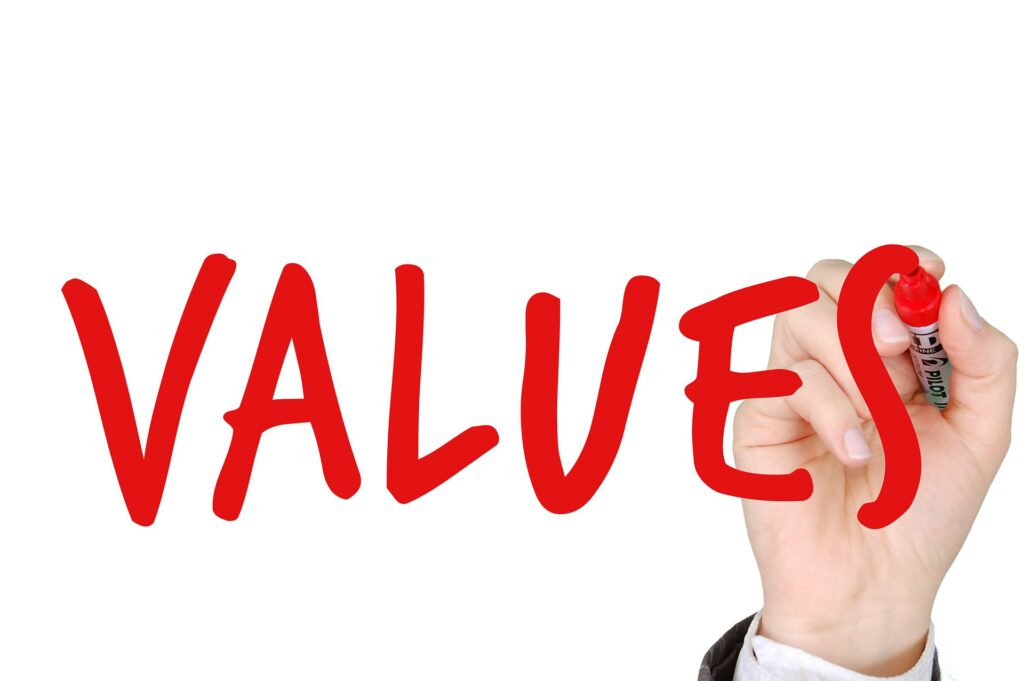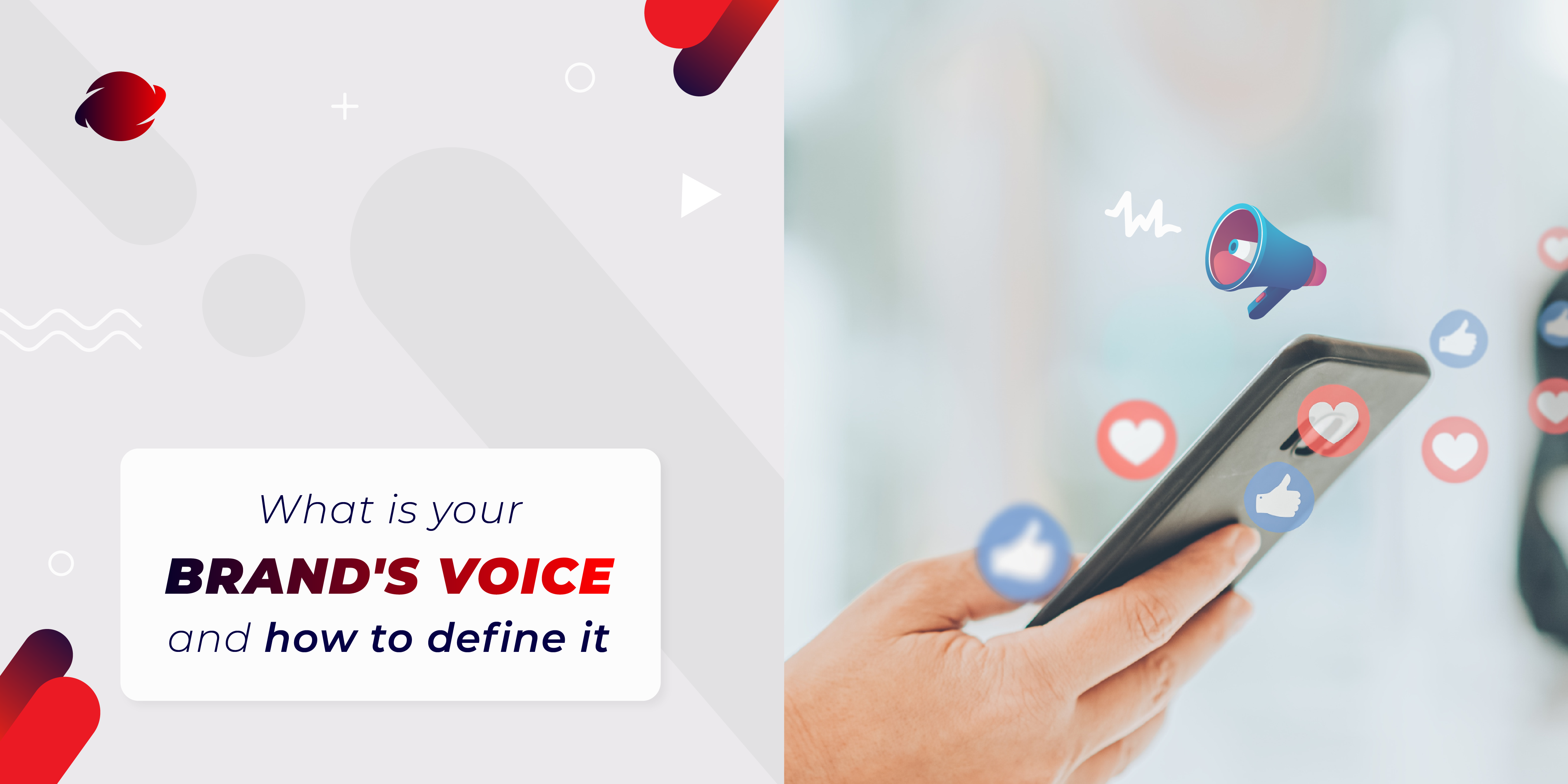Every brand has its own identity and personality (you can read about it in our previous article). They mainly make each brand unique and allow companies to create an emotional bond between them and their potential customers.
The “tone of voice” is a part of that brand identity related to how the brand expresses itself in all its contents: advertising, social networks, webs, notifications, etc.
Defining a tone of voice is an essential task for UX Writers (members of the company that focuses on writing content, having in mind all the needs of their potential users to make their experience with the brand a very good one), but it’s an important thing to keep in mind for everyone that has a business, does not matter how big or small.

Voice vs Tone
Before explaining why defining a brand´s tone of voice should be one of its priorities, let’s see the difference between a brand’s voice and its tone.
We could say a brand identity is the visual representation of its personality (the colors, the design, the logo, ideas, etc.), and the tone represents the voice.
| Brand Voice | Brand Tone of Voice |
| ● Represents the values, features, ideals, and perspectives that make a brand unique. ● It’s the overall personality of the brand. ● It always remains the same. ● It’s what your brand wants to communicate. | ● It’s the communication choices (the kind of words, the style, the intention) that a brand makes to talk to its target audience. ● It’s part of the identity of the brand. ● It changes according to what is most appropriate in each situation at hand. ● It’s how your brand communicates its messages. |
In other words, the Tone of Voice of a Brand:
● Is how a brand communicates with its audience and, at the same time, influences how the potential customers perceive the message.
● May vary depending on: the audience the brand wants to communicate with, the media and content format, the goal that it’s pursuing, the kind of social media that it is using, the communicative situation, and the kind of information it may be giving.
● Has to be consistent with the brand’s voice, personality and identity.
Why a brand needs to define its tone of voice

Defining a brand’s tone of voice is essential for a company because it implies improving the impact on the relationship with its audience.
● It builds an emotional connection between the brand and the audience: it helps potential clients to feel that the company cares about them and will be able to offer a solution to their problems.
● It builds trust: as with people, we tend to trust those who commit to their values more.
● It helps a brand to be more memorable: the unity of a brand’s personality, identity, voice, and tone will help potential customers to remember a company and identify it better from other brands.
Find your unique brand voice
Step one: Define your target audience
As we said before, the tone of voice used in a brand’s content can help improve the relationship with the audience and potential clients. That’s why you should understand well:
● Who are those you will be talking to?
● How do they express themselves?
● What kind of language do they use?
● What kind of needs do they have?
● What kind of problems do they need to solve?
● What kind of words do they use more?
● What kind of content do they read?
Step two: Pay attention to your competence
Once you know to whom you will be writing and talking to, take a look at how other companies that offer the same kind of products, services, and solutions as you talk to them:
● How do they address their potential clients?
● How do they answer their doubts and needs?
● What kind of content do they offer them?
Do research with all of this and more, and then try to find a way to be different.
Step three: Be clear about the values and ideals your brand will want to communicate.

Now that you know who you’ll be addressing and how others talk to them, establish the subjects you are talking about (your voice: values and perspectives of things) and how you will communicate it (the tone you choose).
The four dimensions of tone of voice
There are four main dimensions of tones, identified by the Nielsen Norman Group, that can be used to define yours. Each has its pros and cons if you use them in the extreme, but they can be blended, depending on the values you want to defend, your audience, the communicative situation, and the kind of message you are giving.
| FORMAL | CASUAL |
| ➕Gives a sense of professionalism and authority. ➖It can be a little bit distant and indifferent. | ➕Gives a feeling of kindness and friendliness. ➖It can be seen as a lack of expertise. |
| FUNNY | SERIOUS |
| ➕Generates complicity with the audience and it’s easier to remember and share with others. ➖May backfire and give an impression of unprofessionalism. | ➕Gives a sense of credibility and trust. ➖Can give a feeling of tension and distance. |
| RESPECTFUL | IRREVERENT |
| ➕Give a sense of kindness and cordiality. ➖May give the impression of being trying to ingratiate too much with a potential client. | ➕Gives a sense of confidence and supremacy over competitors. ➖May intimidate or offend a potential client. |
| ENTHUSIASTIC | MATTER-OF-FACT |
| ➕Give a feeling of friendliness and willingness to help. ➖May fatigue or irritate a reader. | ➕Give a sense of honesty and simplicity. ➖May be seen as indifference and lacking in personality. |
Now, let your brand speak!

After reading this article, you may already have a basic idea of how you can give a voice and a way of speaking to your brand. Go ahead and, after considering what you want your message to be, define what tone you will give it. Use the dimensions as a guide to identifying the exact measurements you want your brand’s tone of voice to have: a little bit of seriousness, a sense of casualness or a little touch of irreverence.





